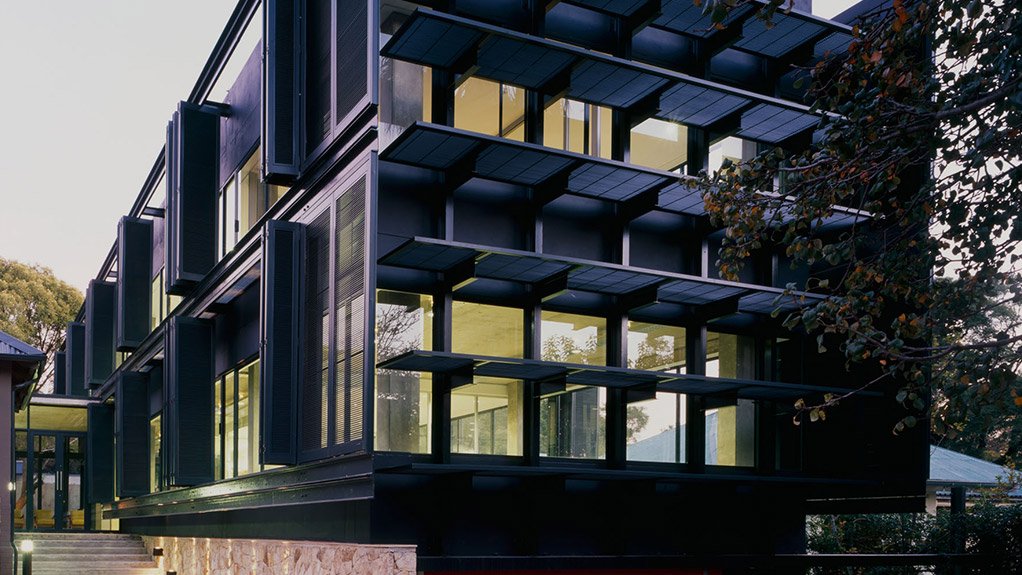Cost consultants and quantity surveyors can play a pivotal role in helping new building projects and decision- makers to make green building decisions during construction, says University of Pretoria Department of Construction Economics quantity surveying programme leader Danie Hoffman.
“This is because quantity surveyors are involved from the initial design stage to the end of the construction process, which means they can advise where needed and control the budgets and expenditure throughout the project,” he explains.
Hoffman states that one of the more significant obstacles that green building faces in South Africa is the uncertainty of decision- makers regarding the green building cost premium over that of the cost of conventional building techniques.
Hoffman is undertaking research on behalf of the Association of South Africa Quantity Surveyors (ASAQS) and the Green Building Council of South Africa (GBCSA) on the cost of green building. The preliminary indications are that green buildings cost only marginally more than conventional buildings.
The study is to be released this year and has been based on an analysis of the construction costs of 57 Green Star SA certified office buildings.
“Life-cycle costs cover all the financial implications of building, from concept to end-of-life, and incorporate the costs of construction, design, engineering, operating, maintenance and eventual disposal cost, or residual value,” explains Hoffman.
Hoffman notes that the positive impact of green building on the South African industry is starting to be felt. However, he urges that, des- pite overwhelming evidence that green building is more beneficial than conventional buildings, many developers and property owners still need to be convinced of the benefits of going green.
There are several other challenges that can affect green building decision-making such as the rental premium for space in a green building, whether the promised savings will be comparable to actual savings and the return on increased investment. In the emerging South African green industry, these issues are unpredictable as they often change as the industry grows.
Hoffman mentions that these problems can cause uncertainty, in some cases leading to an increase in perceived risk. Quantity surveyors should be able to provide information to their clients on life-cycles costs and the returns to be expected from investment in green building.
To address the challenge of a lack of green building professionals, the GBCSA has – over the past seven years – been successful in educating more than 7 000 professionals on the benefits of green building.
“Educating and communicating with market leaders should always be a priority and getting more strategic decision-makers to [support] . . . the green building movement and increase its strength and momentum . . . ” Hoffman
adds that increasing green building education for students at universities will allow for more professionals who are entering the industry to adopt green initiatives in their future projects, subsequently resulting in future industry leaders not having to be convinced of the benefits of using green building techniques.
Edited by: Zandile Mavuso
Creamer Media Senior Deputy Editor: Features
EMAIL THIS ARTICLE SAVE THIS ARTICLE
To subscribe email subscriptions@creamermedia.co.za or click here
To advertise email advertising@creamermedia.co.za or click here













